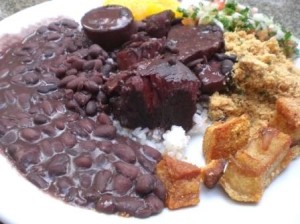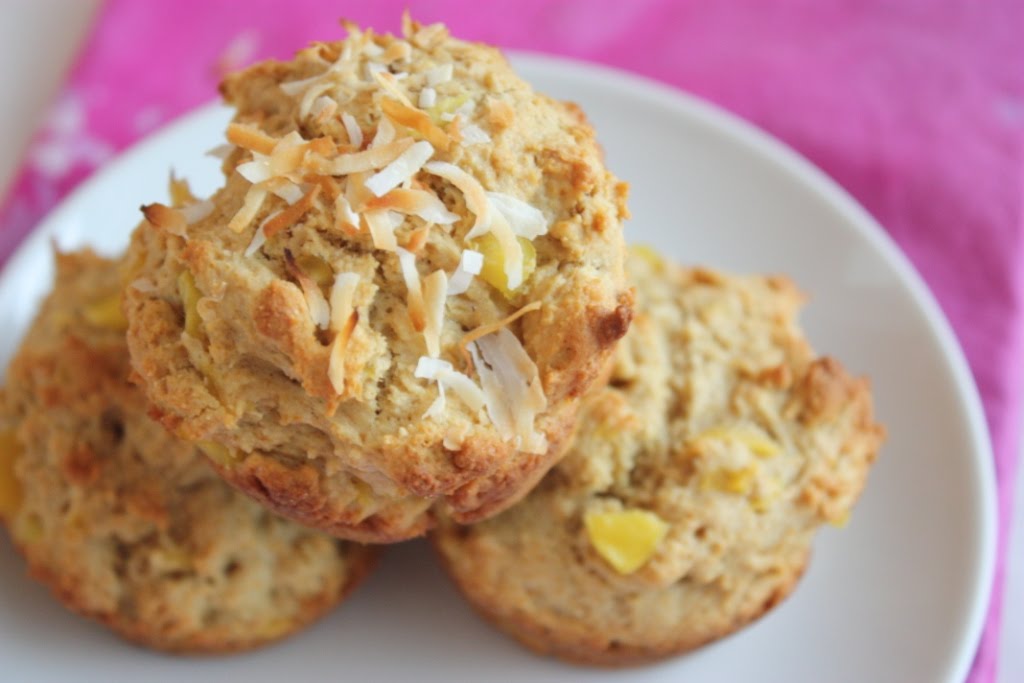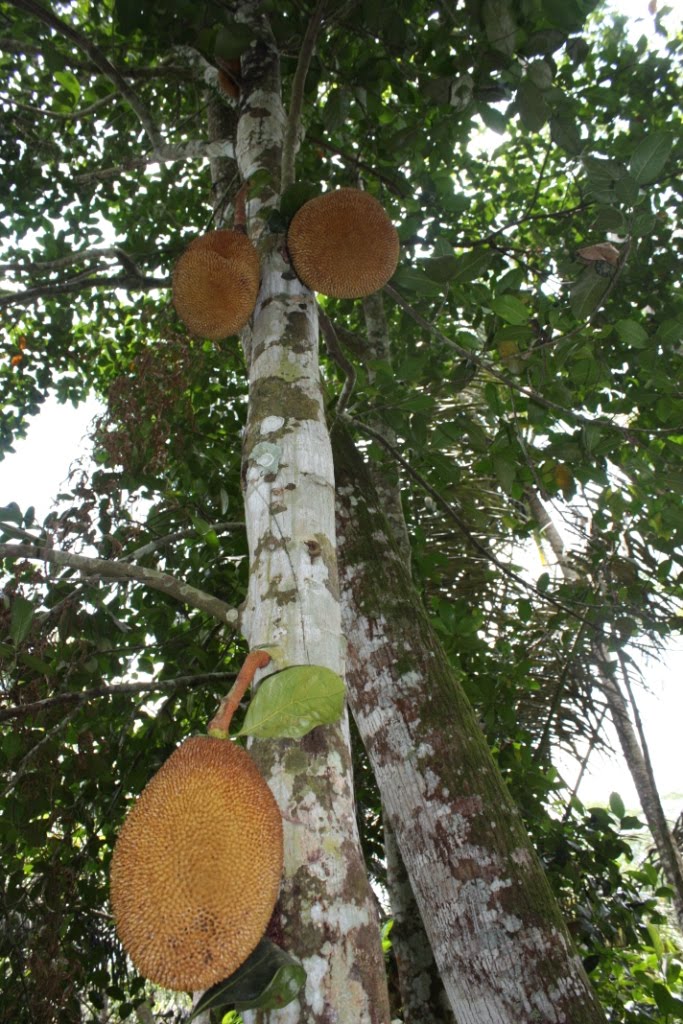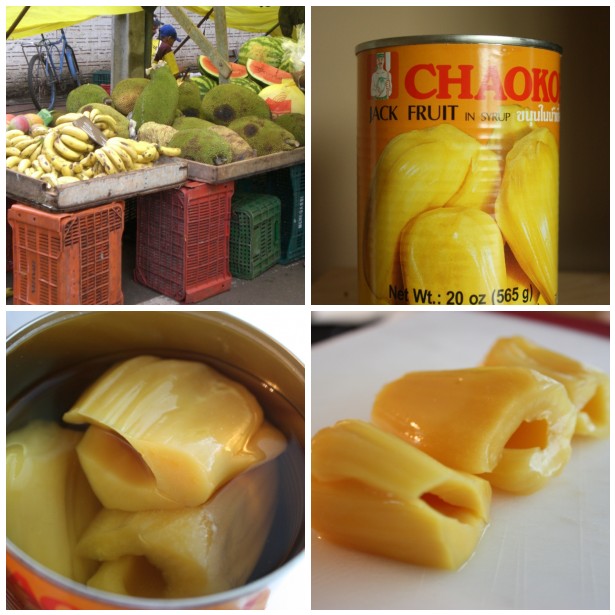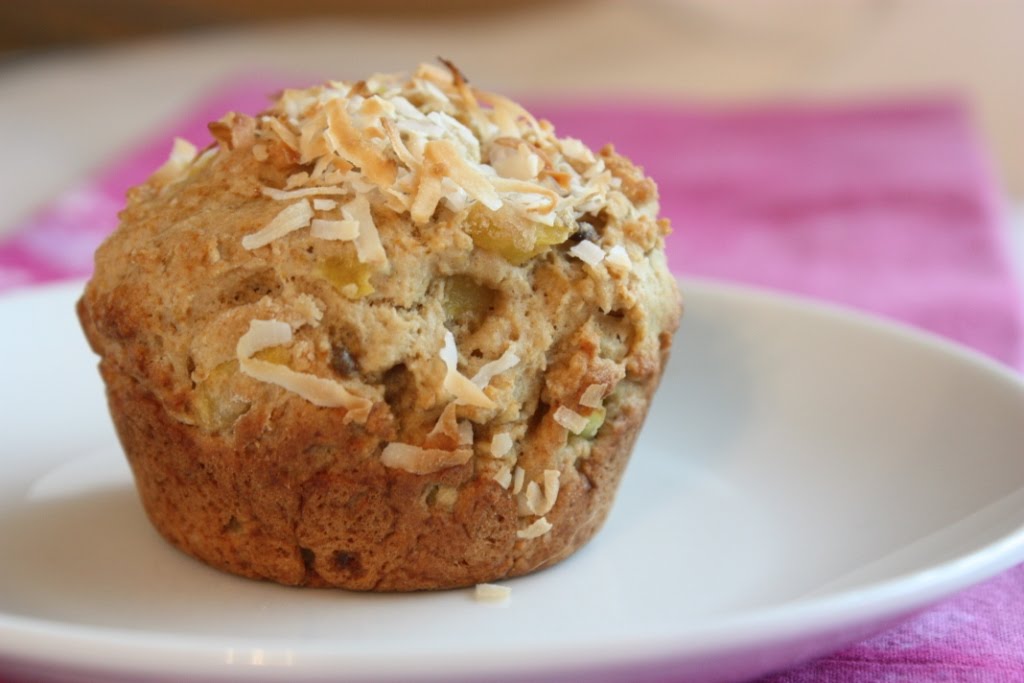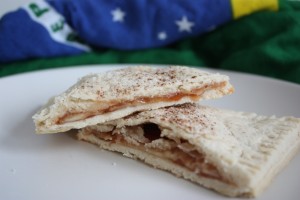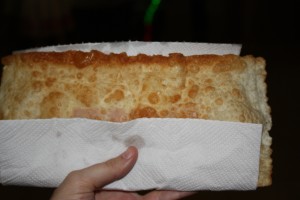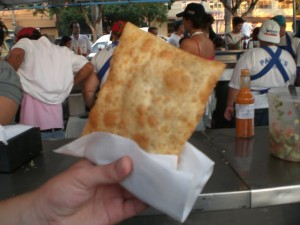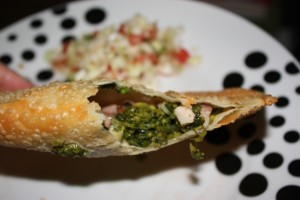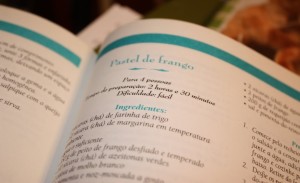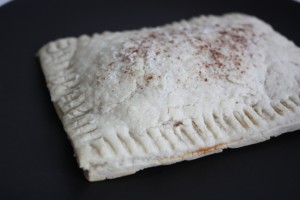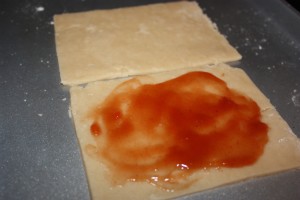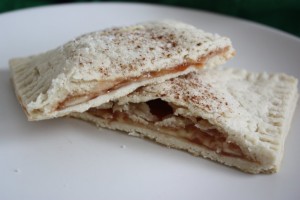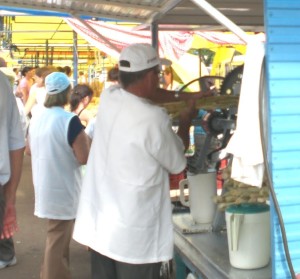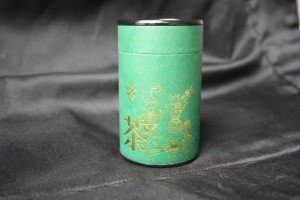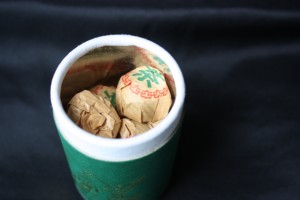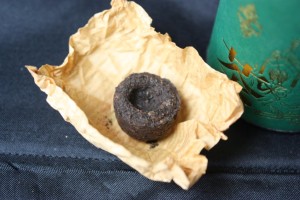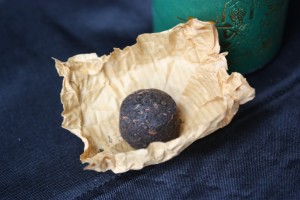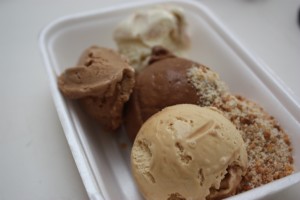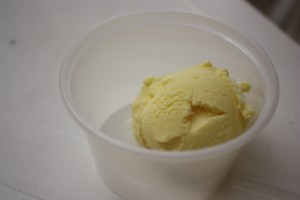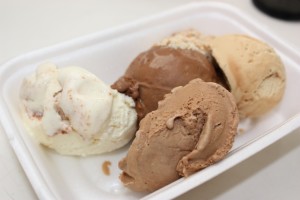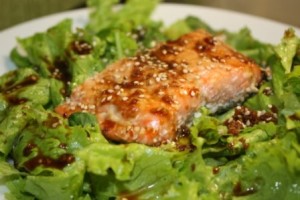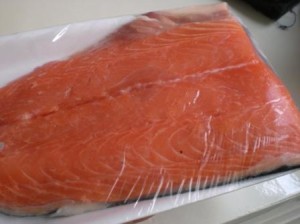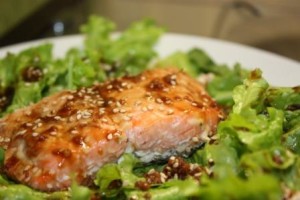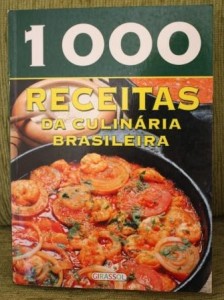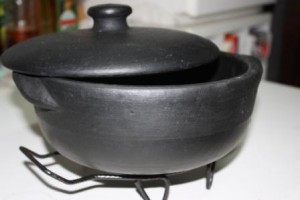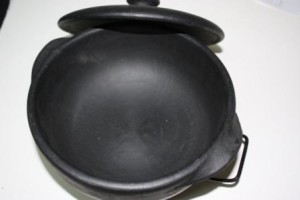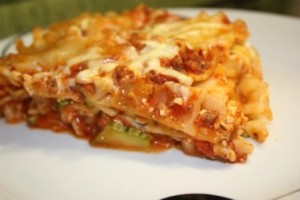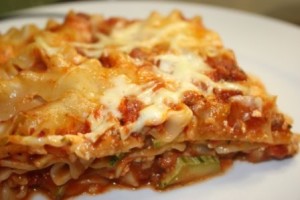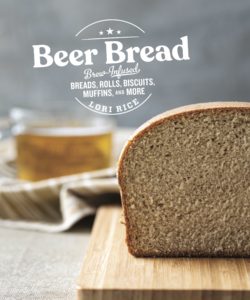Although this blog isn’t going anywhere in the near future, I feel like I need to mark this end to my ex-pat experience in some way. I finally decided there is no better way than to take a walk through the food journey I’ve experienced in the past two years.
We’ve been exposed to so many foods here – exotic fruits at their absolute peak of ripeness, rocket fuel coffee of which one sip will swing droopy eyelids wide open, sweets so sugary they make your teeth ache, and more beef than some cultures would consider consuming in a lifetime. Some I’ve loved, some were just okay and others I would pass on if offered again. However, all are part of my Brazil experience from a foodie perspective.
So let’s take a look at my Brazil through food.
Açaí, that powerhouse fruit from the Amazon. Everyone in the U.S. likes to talk about its miracle health qualities, but here, I eat it because it is just plain good. You can enjoy it as juice or loaded with fruit and granola in açaí na tigela.
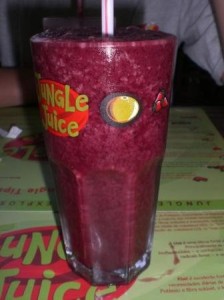
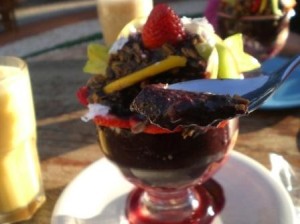
Acerola, a fruit similar in shape to a cherry, but with the texture of something closer to a plum. It’s loaded with vitamin C and you’ll most often find it as a juice.
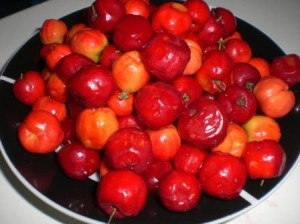
Açukapé has won the award for our favorite padaria or panificadora which is a bakery. It has a local flair and the most amazing pastries, not to mention a very local price. Most things you find there are less than 1 USD. Our favorites are the misto croissants filled with ham and cheese and the sonhos (although this name for them is not used everywhere in Brazil). They are donut-like pastry filled with cream or doce de leite and here they roll them in cinnamon and sugar.

Batata Suíça, or Swiss potato, is the ex-pat’s answer to the lack of hash browns. These shredded potatoes are filled with anything from meats to veggies and cheeses and then cooked in a skillet before being transferred to the plate. We get these when visiting Curitiba.
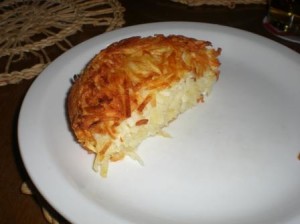
Bolo de rolo, is by far our favorite cake discovery here. It is typical to the northeast part of the country specifically Recife. A friend brought us one back from a trip and this is the only one we’ve had the pleasure to encounter here. It is a soft cake, almost resembling a cookie dough topped with a layer of goiaba (guava fruit) jam. The layers or so thin it is as amazing to look at as it is to eat!
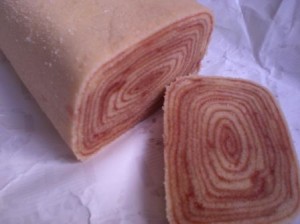
A typical Brazilian churrasco complete with grilled meat, vinaigrette (veggies in oil and lime juice), farofa (toasted mandioca flour), and this one came with steamed mandioca (cassava, yucca).
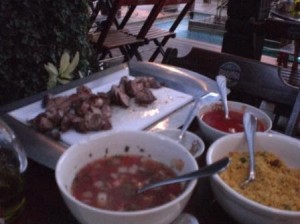
Candied coconut is likely not the technical name and to be honest, I’m not sure what is. I normally just point to it and pick out my little cup when I buy it from the sweets lady at the feira. It consists of large chunks of coconut flesh loaded with a crisp, sugary coating.
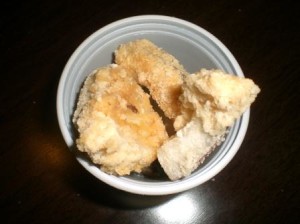
Café, there has been way too much coffee enjoyment to adequately describe here. This one has doce de leite in the bottom.
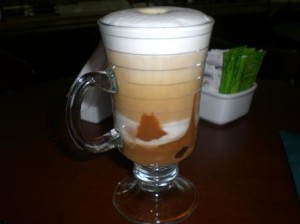
Crème de papaya, a mixture of vanilla ice cream and the pulp of papaya which creates a smooth, soft, ice cream-like dessert. It is topped off with a shot of crème de cassis.
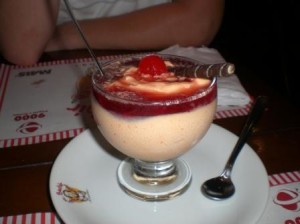
The feira (farmer’s market) is like a paradise for all things food especially those of the healthy, fresh variety. Jack fruit, bananas and mangos are only a few of the things you can see and buy there.
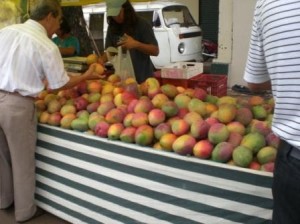
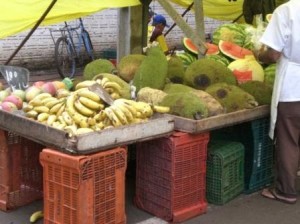
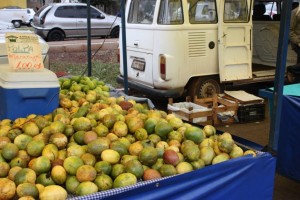
Maracujá quickly became my favorite fruit. Not only are the tart flesh and crunchy seeds delicious mixed into a fruit salad, but you can turn it into other things such as Cocada com Maracujá, sweetened coconut with the fruit pulp mixed in, and Mousse de Maracujá, a light and fluffy pudding dessert.
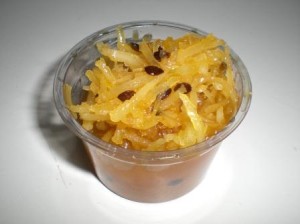
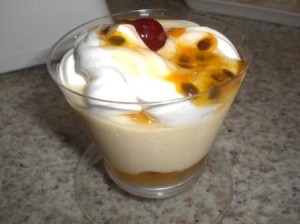
Mandioquinha, also called batata-baroa or batata-salsa, is a root vegetable that is like a cross between a carrot and a potato. It makes a smooth, buttery mash that went so well with this chicken covered in molho de maracujá (passion fruit sauce).
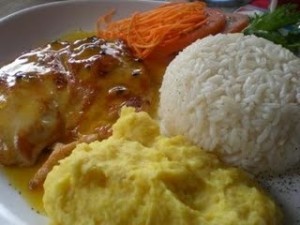
Moqueca, a stew typical to Bahia often made with shrimp or fish as well as tomatoes, onions and coconut milk. A friend made us for it here and we now always order it when out if we find it on the menu.
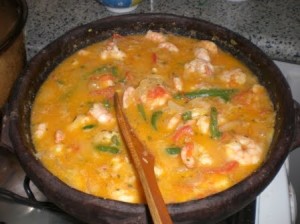
Tapioca is also typical to Bahia, but we can get it at our local feira. Ground tapioca is spread on a griddle and heated to form a tortilla-like flat bread. You can get it sweet or savory. This one had sweetened condensed milk and coconut.
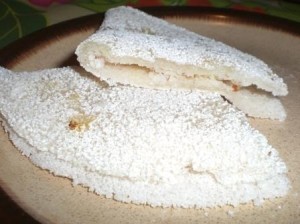
Many a seafood feast when we made it to the coast. This, oysters baked with cheese on the island of Floripa.
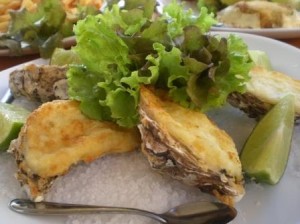
Paçoca, a peanut candy that resembles a peanut butter fudge with ground peanuts and lots of texture. It is crumbly with a sweet and salty flavor.
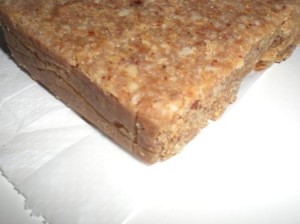
Pamonha, cornmeal and milk combined and boiled in a corn husk. You can have it sweet or savory.
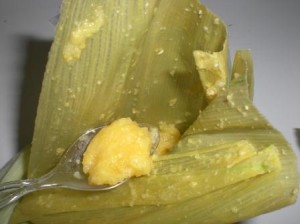
Pé-de-moleque another peanut candy that takes peanut brittle to a whole new level. It is soft and tender, and full of crunchy, whole peanuts.
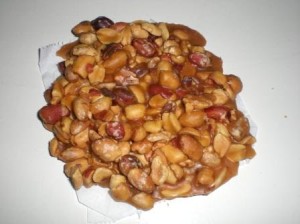
Pinhão, from the pine cone of the Auraucaria tree, these pine nuts are steamed and salted. They taste like a cross between a bean and a nut, and are typical to the southern part of Brazil.
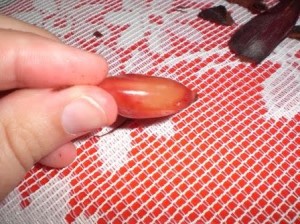
Brazil’s version of German (Alemão) food is one thing we always stop for in Curitiba. Salsicha branca, white sausages with mustard and submarinos, draft beers with a shot of liqueur inside.


Petiscos, or bar snacks, can be found around every corner. Our favorite find was fried mandioca wrapped in bacon.
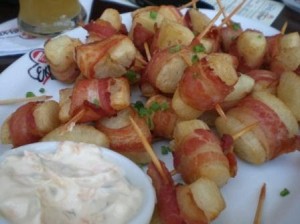
Sushi abounds here with the strong Japanese influence in this area. I love their California rolls with mango and there is even a sweet variety of rolls which include cream cheese, strawberry and goiaba spread.
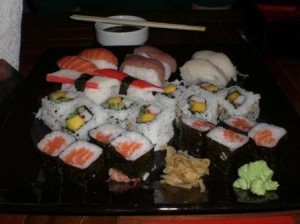
I rarely ate fried foods until I was introduced to the pastel. A puff pastry filled with meats, cheeses and veggies and deep fried until crisp and puffy. It comes with a mildly spicy sauce and vinaigrette. My favorites have been chicken with catipury cheese, the sundried tomato with arugula and mozzarella, broccoli with bacon and mushroom, and 4 cheese. Yeah, I’ve had a few in two years.
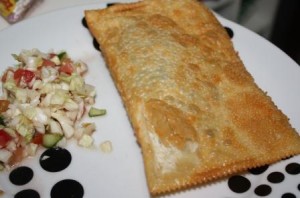
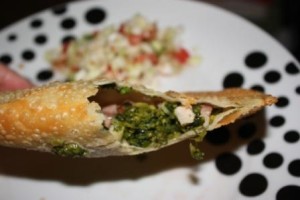
Of course there was the occasional caipirinha consumed. They aren’t my favorite, but when in Brazil… This one was made with mango, but I had a strawberry (morango) one not too long ago that was very good.

And last, but not least, Feijoada, the beloved national dish of Brazil, a wonderfully flavored bean feast with all kinds of pork parts. I, of course, gladly skip the parts, but I can’t knock the flavor of the dish. I always have to giggle a bit when I see a recipe in the States calling for pork loin or a similar item. That’s not feijoada, that’s black beans with pork. The real deal, although they often separate out the varieties of meats, includes sausage, rib meat, tail, ear, foot and I’m sure many others that are escaping me at the moment.
